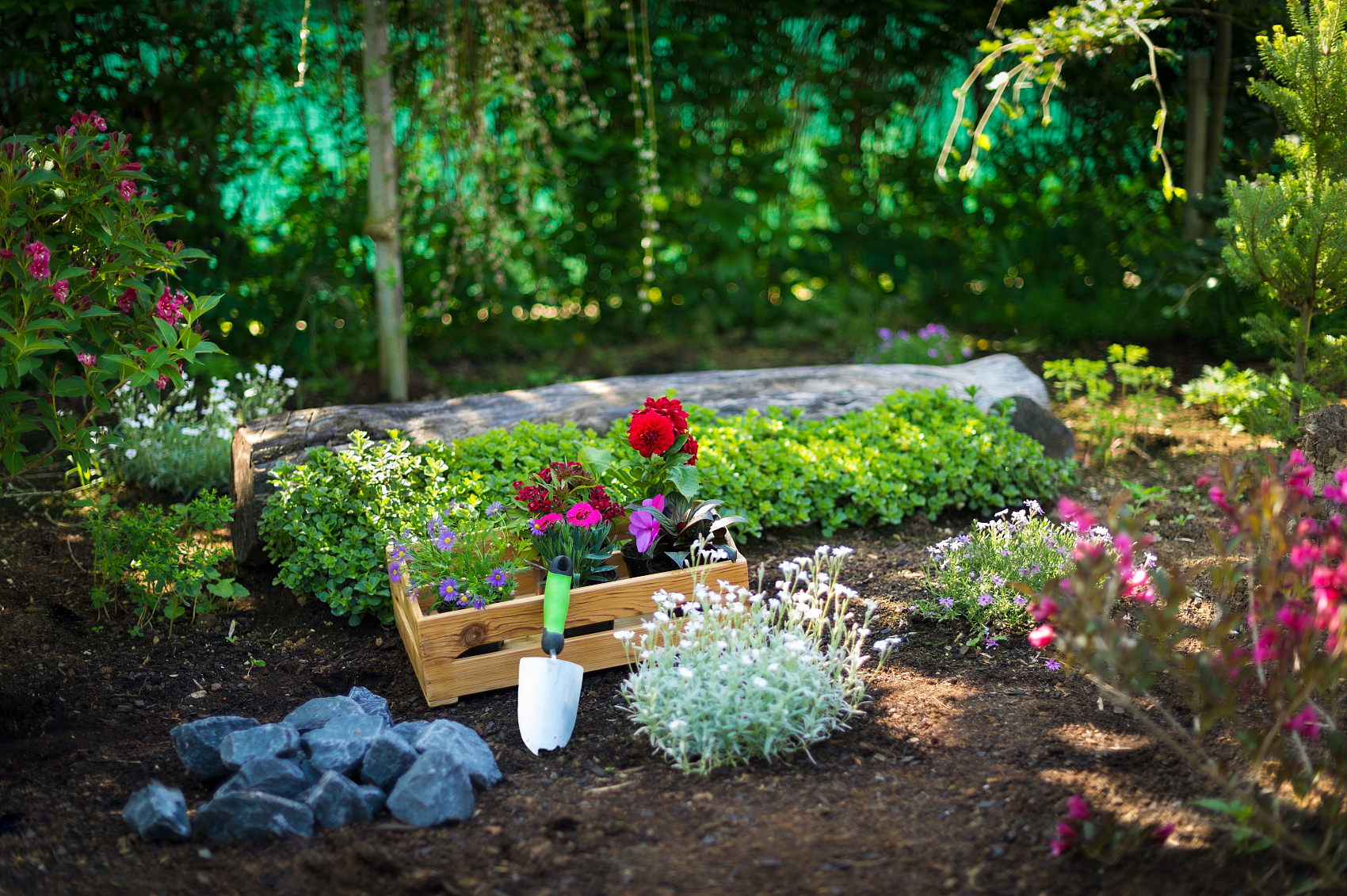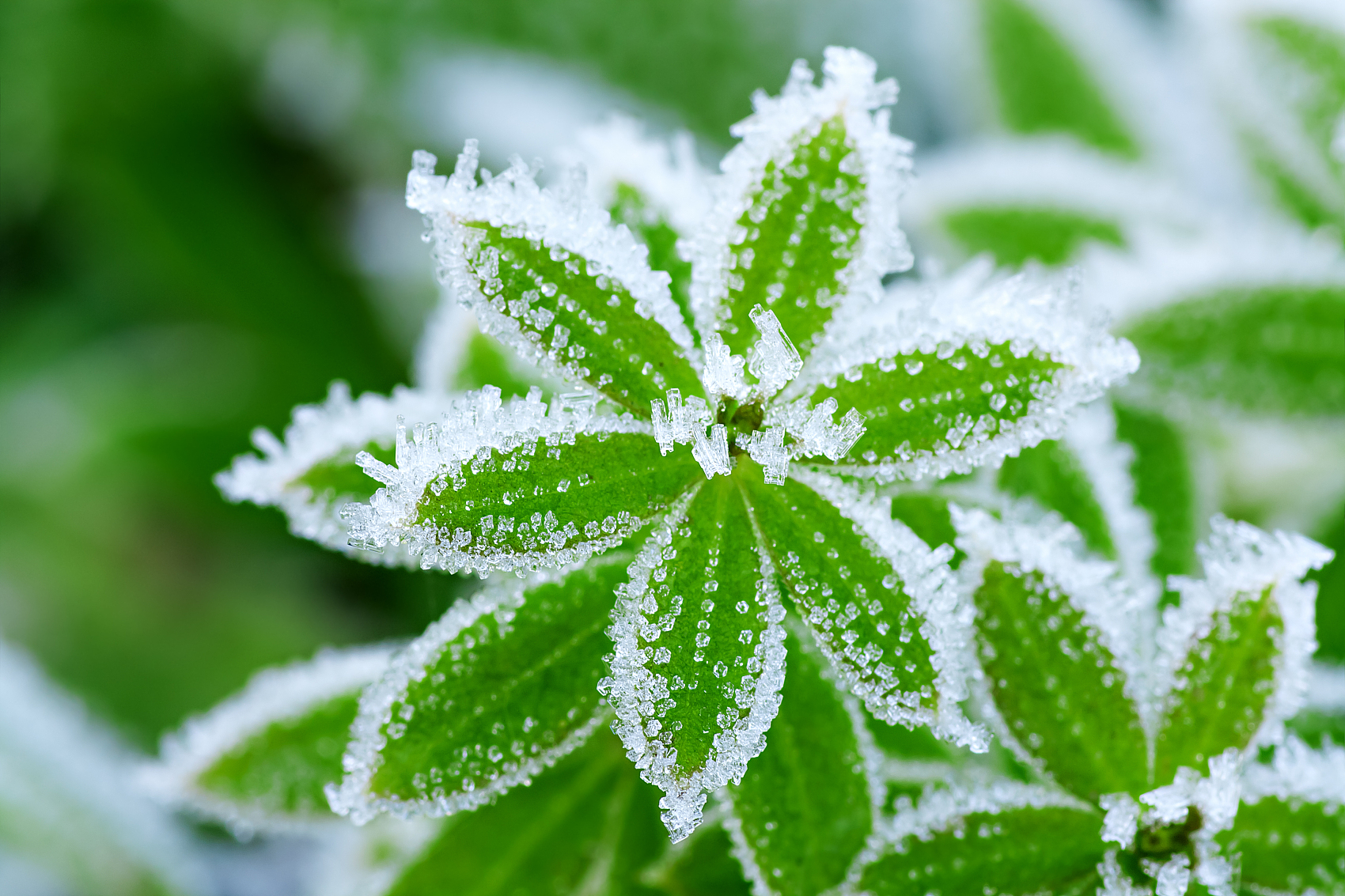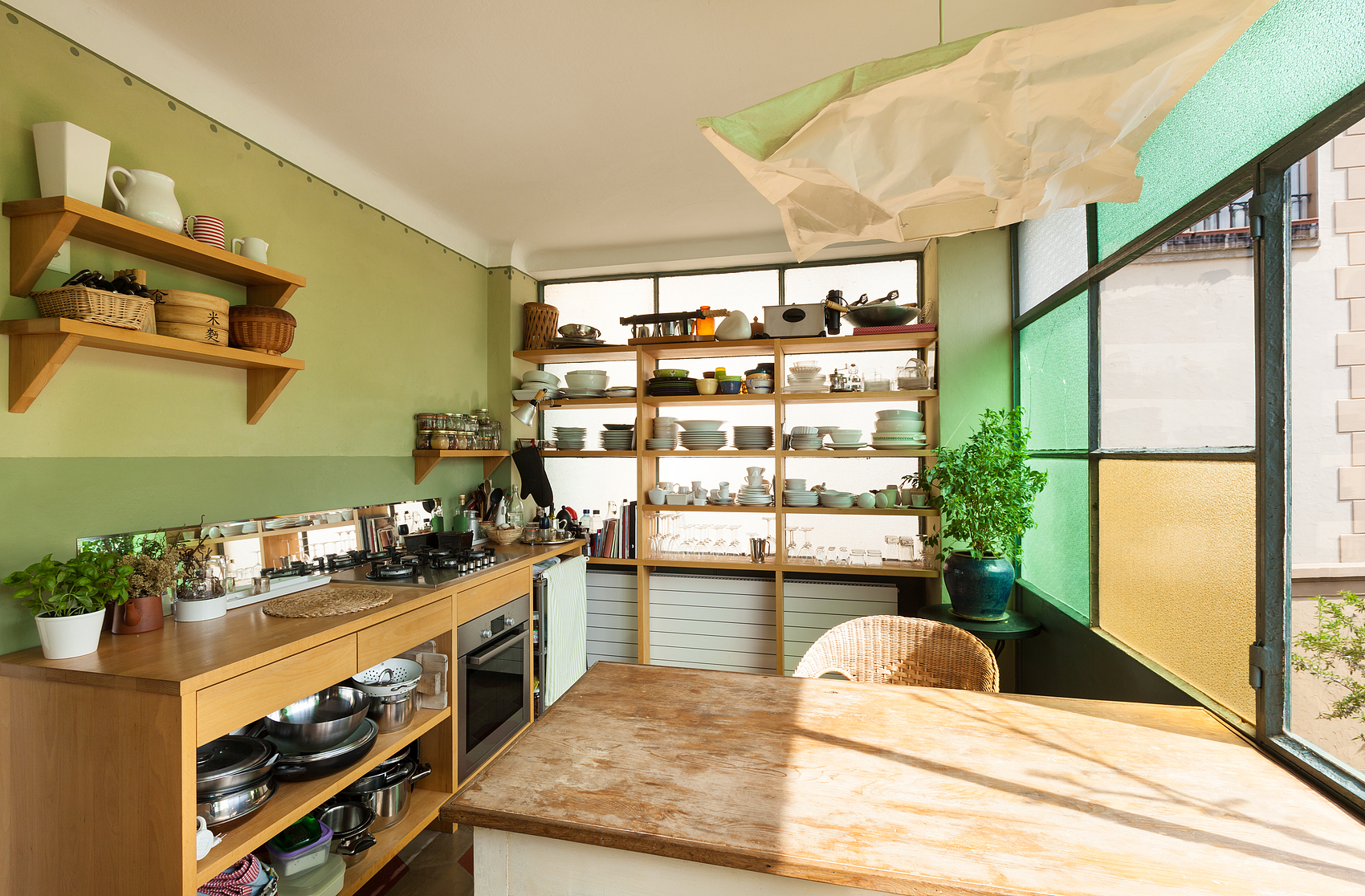Onions are a kitchen essential worldwide, yet not many of us think to plant them in the fall. Doing so can give you an early start on the growing season and keeps your garden productive through the year. While spring planting means waiting until late summer or fall to harvest, planting onions in the fall can give you small onions by late spring and full-sized ones by mid-summer, lightening your spring gardening workload.
Understanding Onion Growth Onions are biennials, requiring two growing seasons to complete their life cycle. They need varying hours of daylight to form bulbs, categorized into short-day, intermediate-day (or day-neutral), and long-day onions. Timing is crucial because if onions try to form bulbs too early, they’ll end up too small, but without enough daylight, they’ll only produce green onions.
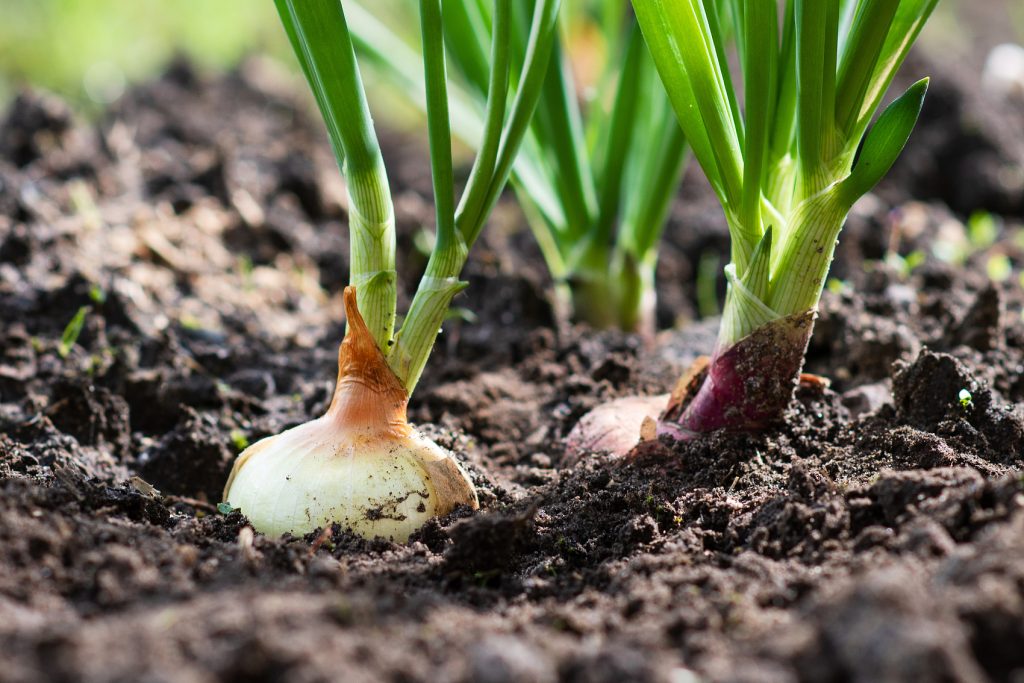
Why Plant in the Fall?
- Early Harvest: Who wouldn’t want to enjoy fresh onions sooner?
- Garden Efficiency: Fall-planted onions clear out in mid-summer, making room for late-season crops.
- Less Work in Spring: Fall planting means less to do when spring gets busy.
- Winter Beauty: It’s uplifting to see green onion stalks in the garden amid the winter grays and whites.
Best Practices for Fall Planting
- Choose the Right Varieties: Depending on your location and the daylight length in spring, pick from intermediate or long-day onions in the north, and intermediate to short-day varieties in the south. Opt for bolt-resistant types to avoid premature seeding.
- Prepare the Site: Select a sunny spot with deep, well-drained soil enriched with compost and free of weeds.
- Planting Methods: Use direct seeds, transplants, or sets. For sets, plant smaller bulbs deep enough to establish without bolting. For seeds, start indoors or sow directly in the garden about six weeks before the first frost.
Winter Care Protect your onions with mulches, row covers, or low/high tunnels to extend the growing season. They need regular watering but avoid waterlogging.
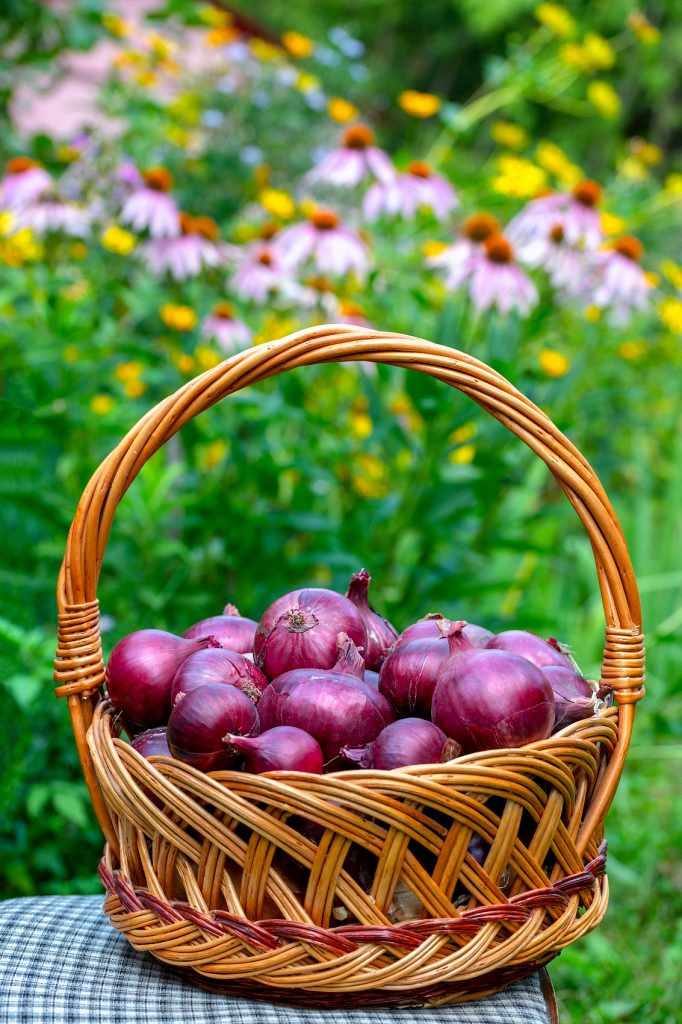
Spring Expectations As the weather warms up, onions resume growing and start forming bulbs. If you notice bolting, harvest immediately; these onions won’t store well but are still edible.
Winter-Sowing Technique An alternative method is winter-sowing, where onions are seeded in a ventilated container during the colder months and transplanted when ready. This method eases the spring workload by handling the seeding in winter.
Wrap-Up Planting onions in the fall not only speeds up your harvest but simplifies your spring gardening. You can still plant onions in spring to ensure a continuous supply throughout the year. With the right planning and protection, fall planting can be a fruitful endeavor for any gardener.


